When one looks at existing Glass Fibre Reinforced Concrete (GRC) buildings that have been around far longer than the Elizabeth line stations, one can only stand in awe, for these older buildings, some in very harsh climates, have withstood the test of time miles better. Indeed it looks as if the Elizabeth line’s stations have had people constantly throwing muck the walls and not a single effort has been made to clean this off. There have indeed been attempts to clean the Elizabeth line’s stations but not with much success and TfL has to use decals to hide some of the worst excesses to be found at the stations on their new railway.
Despite the huge publicity and the awards the Elizabeth line has received for being a world first (oh the irony) there’s almost every certainty the Elizabeth line is one of the the world’s worst examples of the use of GRC – and that because it is just so utterly filthy. There’s no doubt the GRC design used for the Elizabeth line was superb and early pictures do indeed show a highly futuristic appearance. In less than three years the transformation from a squeaky clean appearance to one of grime has been, as railway experts have said, due to the fact TfL appears to have overlooked a number of factors that would have been apparent in the early stages of the stations’ design – had proper evaluation been undertaken.
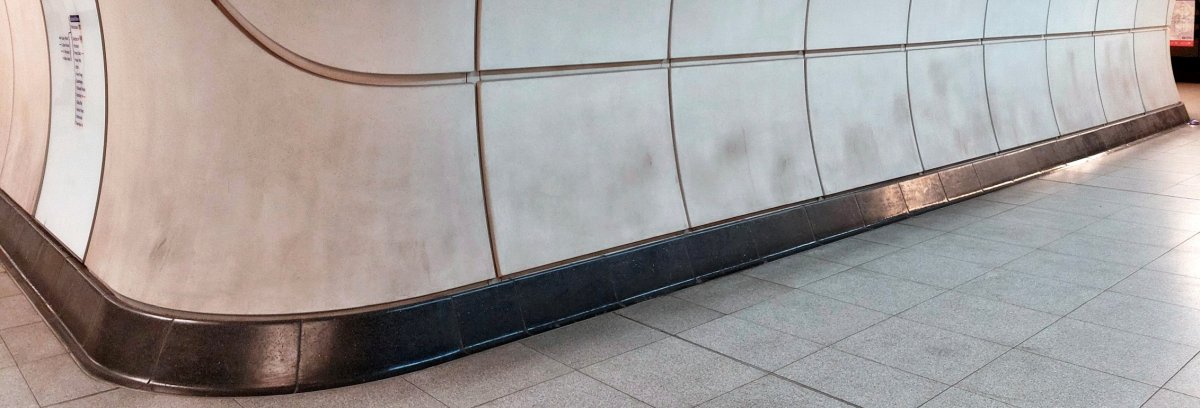
Please let’s just not clean the Elizabeth line! Liverpool Street just a week ago – one of many fine specimens of obtusely filthy GRC panelling populating the stations.
There’s certainly other construction projects where the GRC has weathered the passage of time far better than the Elizabeth line. The Elizabeth line now regularly has to use decals to patch up various areas that have been compromised beyond any acceptable means of remediation. One does not see this remediation used anywhere else on any other GRC buildings – just the Elizabeth line. As one would perhaps say – par excellence.
Ironically London was the first city ever to see GRC panelling used for building construction. GRC is of course the material that has won awards and plaudits for the Elizabeth line. And yet GRC was a product invented in 1969 and the first major use was in the City of London nigh on fifty years ago. This building’s GRC walls have stood the test of time and they still look as they were when new. Compare this to the Elizabeth line which has what can only be the worst examples of soiled GRC panelling. Indeed the best model of how a GRC should look is simply incomparable to the capital’s largest GRC construction that has ended up looking absolutely filthy.
Let’s have look at this model building shall we? Its in the City of London – and ironically its next door to a TfL station! Here is how it looks now and how it looked nearly 35 years ago!
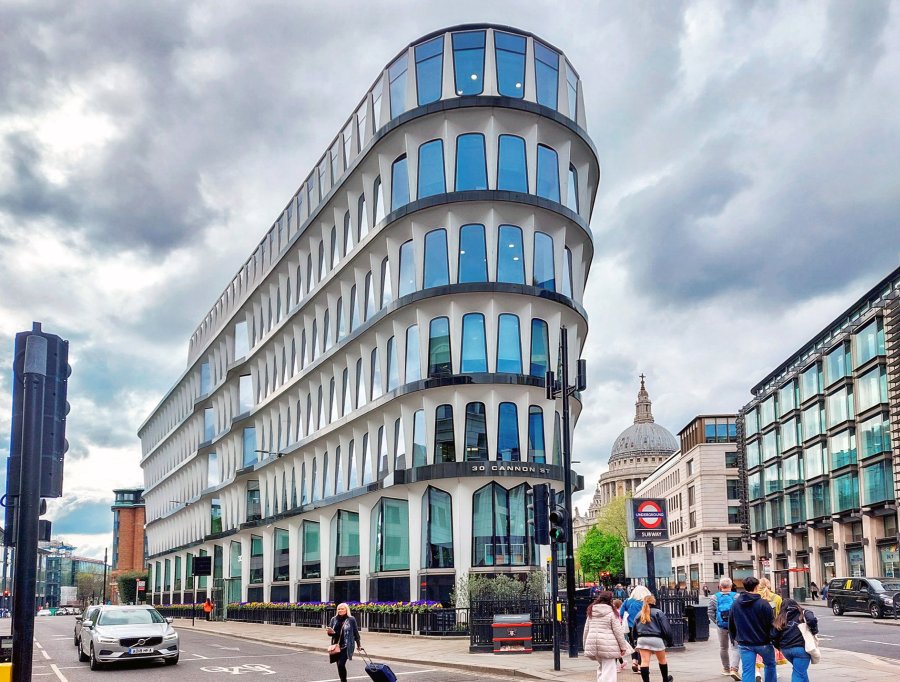
London’s’ very first GRC building is 30 Cannon Street – seen here with St Paul’s Cathedral as a backdrop. April 2025.
30 Cannon Street is a Grade II listed building because it is an excellent example of the means of construction and materials that were used. One of the reasons for this very early use of GRC was the way the building would be able to expand outwards. This arrangement gives the upper floor far more area than the ground or basement floors. The reason for this unusual arrangement was because of the presence of St. Paul’s Cathedral which meant the building’s height was restricted. Not only that the area’s water table prevented construction of a sub-basement. Thus the materials needed to render the building had to be both light and strong – and GRC was the only material that could meet the requirements drawn up in the early 1970s.
How could the super clean Elizabeth line with its its once white sparking walls have got so dirty in such a short time when the world’s first ever GRC building still looks as sparkling new as the day it was built? 30 Cannon Street has certainly proved GRC can be a clean material no matter the circumstances and that’s in total contrast to the Elizabeth line’s stations between Bond Street and Whitechapel – not forgetting the sickening stench the stations regularly serve up!
30 Cannon Street in 1992, some 15 years after completion. Its address was originally Queen Victoria Street. Compare with the 2025 view above. Historic England.
Upon its completion in 1977 The former Credit Lyonnais headquarters sited at the junction of Queen Victoria and Cannon Streets was the first fully rendered GRC building in the world. One might say the building has a continuous railing around it so that does protect it from some of the effects of dirt or other means of spoiling the building. But let’s not forget it gets the weather thrown at it and also lets not forget bird muck and other ways the building could get quite unsightly, including grime from the traffic that passes constantly 24 hours a day. The whole point of this overview is this was supposed to be how it would be on the Elizabeth line – which is it was meant to be nice and clean and largely maintenance free.
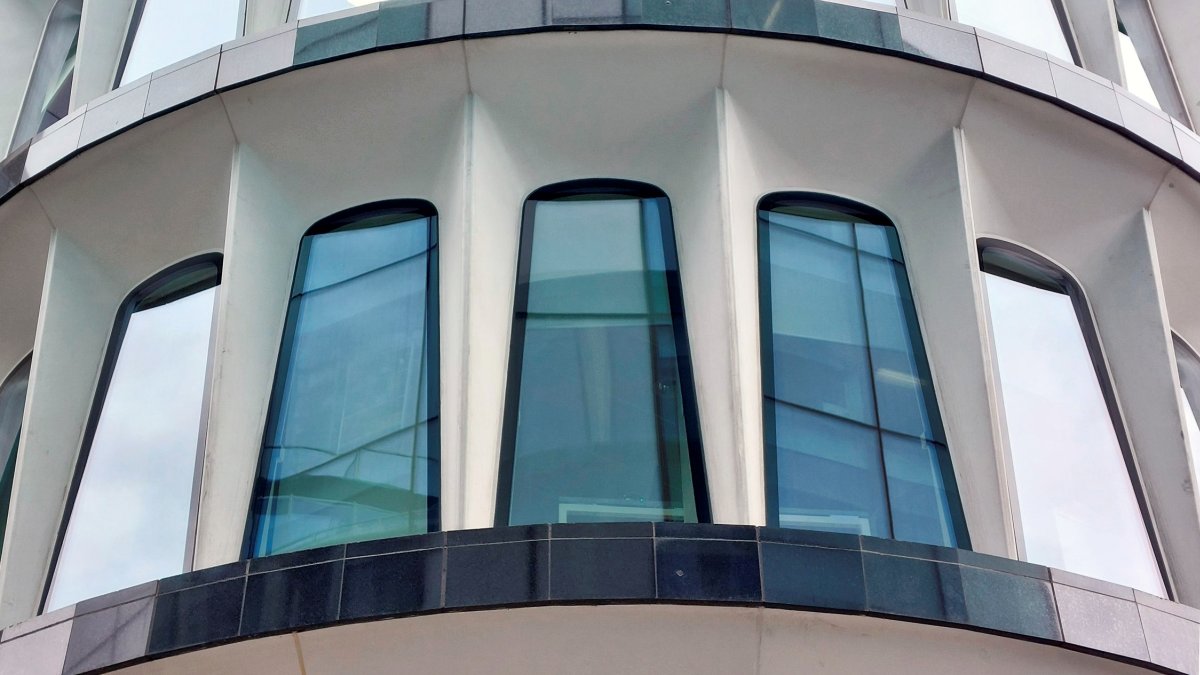
There are some slight patches and marks on the building, but this is simply nowhere near the extent of dirt to be found at the Elizabeth line’s stations. April 2025.
More information on 30 Cannon Street can be found at Wikipedia and also on the 30 Cannon Street brochure.
For the sake of further comparison, here’s one other early example of the new material in use. This happened to be for a major railway bridge – and a lot of GRC was used on that structure! This is ideal in showing the resilience of the GRC involved. But again, it also shows that in an extremely harsh environment the GRC should have got far more dirty than it apparently has. And the newer examples of this GRC were placed on the bridge at the same time the Elizabeth line opened – and yet the bridge’s newer examples look much cleaner than those on the Elizabeth line!
The amazing difference here is the Elizabeth line doesn’t even remotely get anywhere near the full force of the Irish Sea being thrown at it. Yet this is what the Grade II listed Barmouth bridge (Pont Abermaw) by decree of its location has to face – which is largely an unimaginable and destructive onslaught from an open sea with its salt water, huge waves and full force gales!
The picture shown below shows the current state of one of Britain’s most notable railway bridges – which still employs wood as its main structural component. There’s every indication that if it had not been for the use of GRC, the bridge probably would have not been saved when many problems were discovered with the structure in the 1980s. There was every possibility at the time the Cambrian Coast line was going to have to close completely simply because no permanent remediation could be found for the famous bridge.
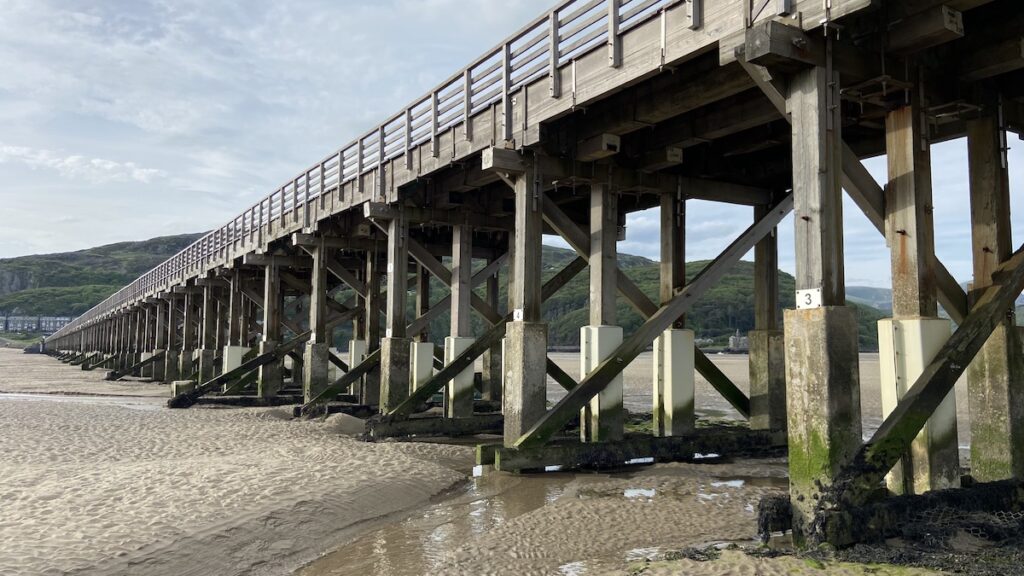
The GRC used at Barmouth bridge. The new and old (1980s) GRC panels are evident. Compared to the Elizabeth line the new GRC which can clearly be seen on the bridge’s wooden pier structure (these were installed 2022-2023) has to all intent fared much better – these are nice and clean above the waterline despite the extremely harsh environment the bridge regularly faces. Industrial Tour.
Barmouth bridge survived major structural problems discovered during the 1980s. It was saved largely because GRC was used to strengthen the bridge’s integrity. This was used to encase the pier bases which gave the structure additional protection and also to protect the wood from marine worms. Despite the extremely harsh environment these GRC sleeves were put to, many survived intact until the 2022-2023 work by Network Rail where perhaps around half of the original GRC sleeves then needed replacing. That’s forty years of being constantly bashed by the sea. Even so a quite substantial number of the 300 plus original GRC sleeves remain in use. Evidently GRC is not just a pretty material but its also one that can be used in the most brutal environments too.
There’s no certainty GRC was a good choice for the Elizabeth line especially in terms of its strength, design, and ability to be shaped in any form (as well as double as a sound dampening material too), yet one must question whether the use of GRC was truly the best choice given the current context. As has been discussed previously in other posts, a proper application of it was necessary but seemingly never carried out. The means of implementing the GRC on the Elizabeth line has been discussed by railway engineers even – the consensus being the approach that had been used is not been how it ought to have been – especially when it comes to the issue of cleanliness.
The GRC used for the Crossrail project was originally discussed in The state of the Elizabeth line.
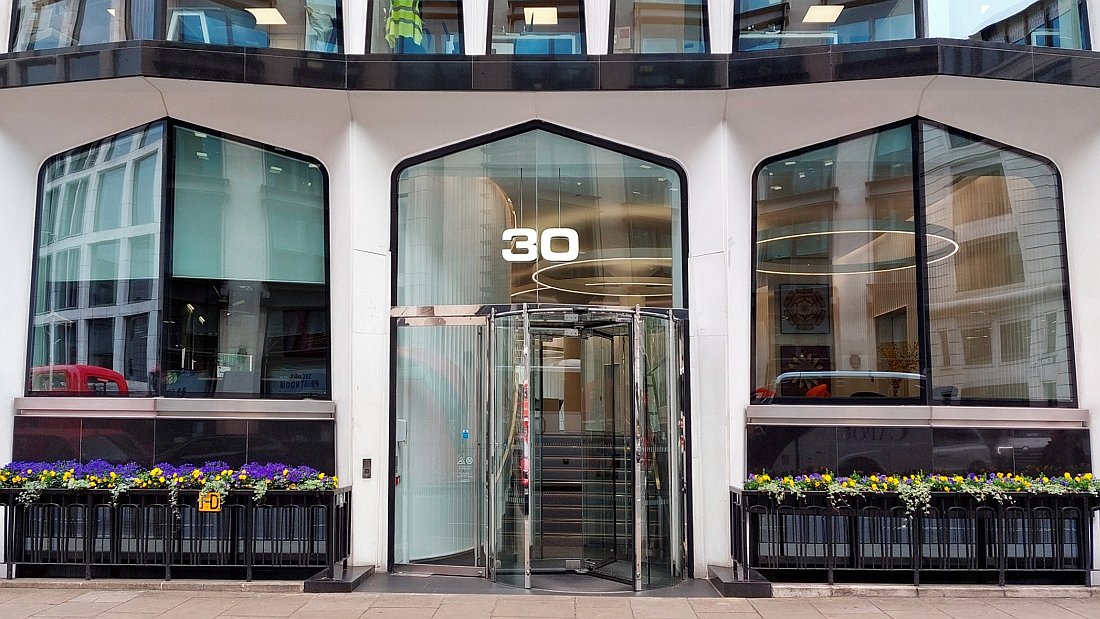
Leave a Reply